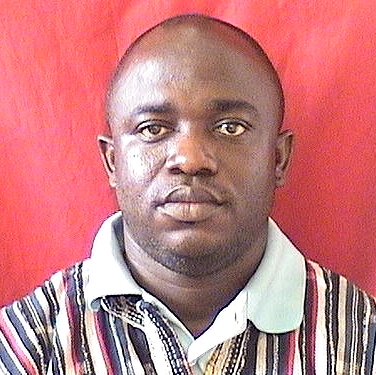Research Projects (Current and Past)
CURRENT PROJECTS
Working on Uncertainty Quantification methods with the application of machine learning techniques for investigating complex models on several fronts;
Project 1: Using the available vast data on climatic conditions to build artificial neural networks for various factors influencing climate change, and then using Machine Learning (ML) to integrate the various factors for a better prediction of future events.
Moreover, my study uses Bayesian Inverse Models for convolutional neural networks to quantify the uncertainty in the models with the application of ML techniques. The study is to use the Machine Learning approaches built to help in downscaling some climate change models, especially crop yield models in order to help in bringing more accurate predictions for reassigning resources for better adaptation implementations. These are founded on complex mathematical models which make use of Inverse models, Machine learning, Data mining, and artificial neural networks for model improvements.
Project 2; Building predictive analytics methods with the application of machine learning techniques investigating asymmetric price build-ups for pricing of gasoil, the study looks at using Artificial Neural Networks and Intelligence for predictions as against VAR and co-integration methods, these allow for the efficient use of algorithms to measure the precision of models for predictions in a fluid pricing increment regime such as Ghana.
Project 3; evaluating the predictive model performance of risk models with probabilistic distribution assessment for uncertainty with and without prior parametric characterization (Bayesian Vs Classical probability)
Previous Project
I have worked and applied some of these methods in Quantitative Risk Assessment. Quantification of risk is essential in measuring hazards through various exposure models, however, the most challenging is the final quantification of “how much risk” is associated with each exposure. These scenarios lead to complex computational challenges due to the involvement of human structure and how humans responds to various stimuli. Other challenges include quantification of hazards itself, either through experimentation or observation, however, two major problems that arise are uncertainty and variability. My work applies data mining and machine learning approaches to enhance results by incorporating complex simulations to address uncertainty and its reduction to minimum, as well as using machine learning approach in the characterization of variability in datasets. Predictive modeling, such as the use of multivariate statistics is enhanced with machine learning to parameterized the model coefficients and improve efficiency in prediction of risk.

